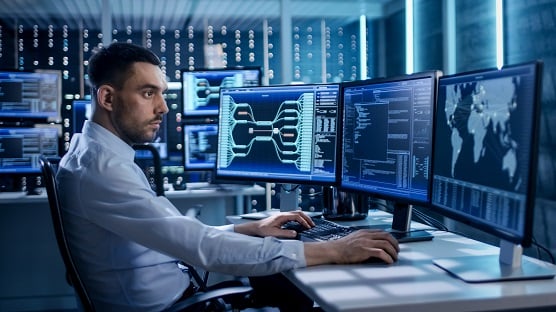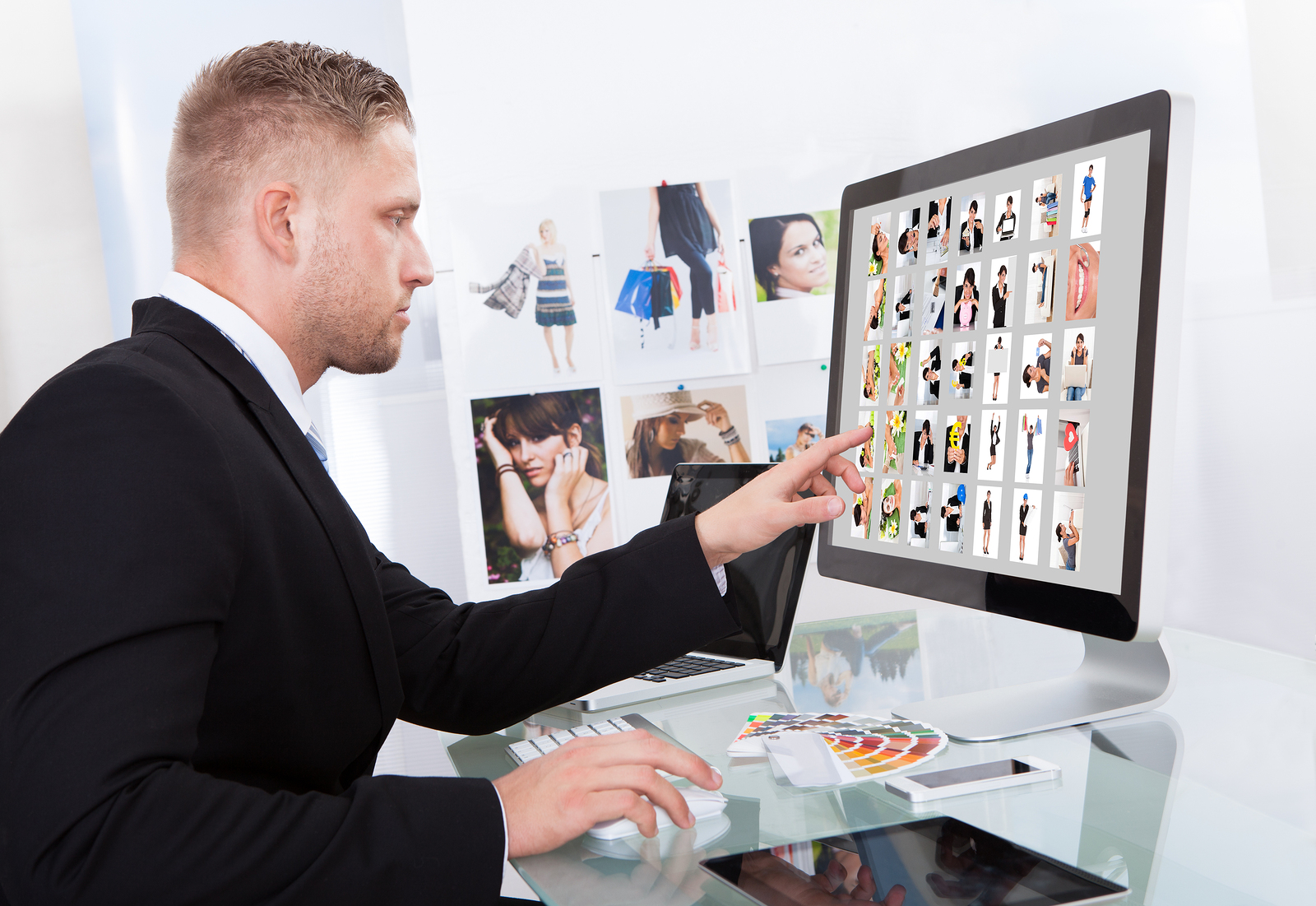

People, I'm afraid its just not that simple. After 28 years building custom cabinets I need all the help I can get. I am looking for a graphical illustration on the process from keyboard to monitor, the path through memory to processor to busses etc. college taking computer information systems. Hope this helps!Īt 52 I am enrolled in local tech. It's a very complex subject, which cannot be completely answered. Move onto assembly then some research on operating systems and how they work.Īll OS's are attempting to do the same thing regardless as to who makes them (OSX, Unix, Windows). I'd suggest that if you want to start your understanding from the very bottom up, start reading about state machines, boolean algebra, Finite automotons. Images, movies, etc are simply just pixels of color, each pixel mapped to a coordinate on the monitor, each coordinate represented by a binary code.
#Computers at work code
The computer then interprets the standardized code representation into an action/reaction, outputting and/or inputting resulting code. Every click button, every keystroke, every function (action or reaction) is represented by a code. Letter A being represented by the binary code: 01000001. think of a computer as a bunch of on/off switches. I understand it all mathematically but I don't understand how it creates codes using electricity because it boosts it there and decreases it there. So, when you press the letter A, it sends the code (100111001) and it processes it in the core into the letter A on the screen. Like, when you press these letters on the keyboard it sends a code and with that code it transfers it to a processor. The code is like a program and with each one sent, it sends back a program that it is meant to do. In 1, a 1 is in the ones place because 2^0 is 1.įrom my understanding, think of it like this. So, in 1000, a 1 is in the 8's place, because 2^3 is 8. It uses two digits: 1 and 0, and each place is that of a power of two. People should learn different numeral systems, like binary. Various computer drives allow users to save information or files. Input/output processes allow you to order the computer to do something, making the essential for interaction and use.ĬD-ROM drives allow users to upload new data to the computer.Ī cooling pad may help keep a laptop from overheating during certain tasks, like playing video games.Ĭomputer monitors display the programs being used.Ī computer's hard drive stores much of its data. These include the monitor and keyboard, but also CD-ROMs and removable flash memory cards. Input/output (I/O) is the name given to the processes or components needed to interact with the CPU and make computers work.
#Computers at work upgrade
Most computers come with all of these components, and often it is possible for the owner to upgrade each to newer or more advanced versions.Ī screenshot of a BIOS configuration screen.

Connecting to the Internet or other computers requires a modem. Sounds cards allow the computer to play sounds. Graphics cards allow the computer to display graphics on the monitor, and come in many different levels.

Most computers also have other components without which a computer would be more difficult to use. The cooling system helps keep all of the components from overheating. The computer drives, including hard drives, flash drives, and any drives with removable media, such as CD-ROM drives, allow the user to upload new data and applications to the computer and save files. These parts make sure each component gets the electricity it needs in the proper amount, and that key information is saved even when the power is off. Other less central - but no less vital - parts that let computers work include the power supply, transformer, and battery. BIOS also checks for booting up errors and offers to fix them if necessary.Ī dual core CPU mounted to a motherboard. When a computer is first turned on, the BIOS checks basic data such as hard memory, RAM, any cards installed, and other devices.
#Computers at work software
One kind of ROM is the Basic Input/Output System ( BIOS), which is in charge of communications between the software on a computer and the hardware.

In many cases, additional RAM can be added.Ī flash drive, a type of computer drive that's used to store data. ROM is stored data, and cannot be written to RAM is memory that can be read from and written to, allowing new data to be saved. The two main kinds of memory are Random Access Memory (RAM) and Read-Only Memory (ROM). Memory is also extremely important to allow a computer to work. Computers operate based on the CPU granting access to users, so if the booting up process malfunctions, it can mean that the computer cannot be used, even if everything else inside is working properly.Ī graphics card is what allows graphics to display on a computer. Once the computer is turned on, or booted up, the CPU goes on to activate certain sections so that it can then give you access to programs and processes.


 0 kommentar(er)
0 kommentar(er)
